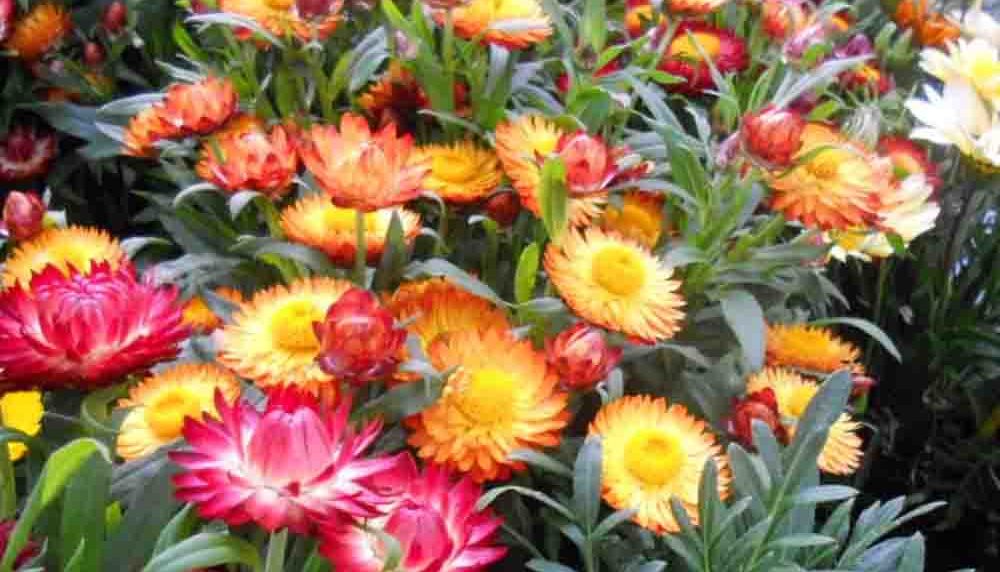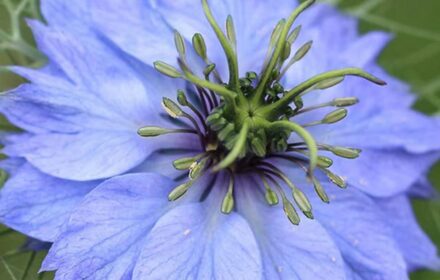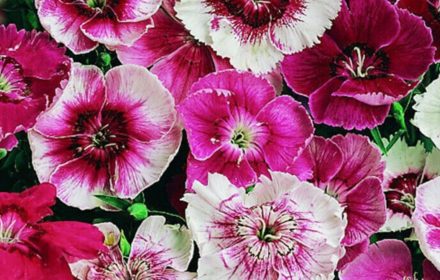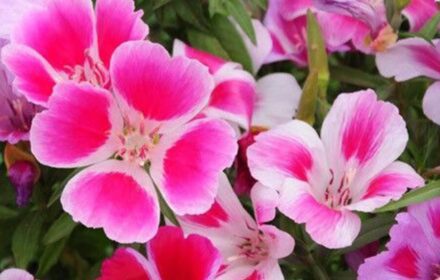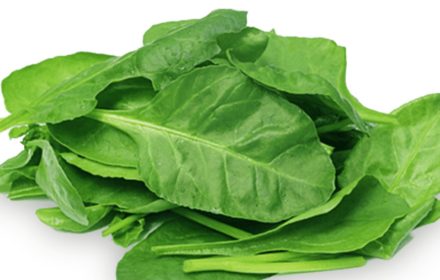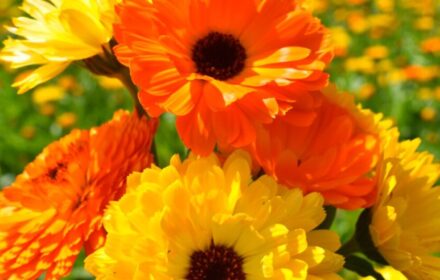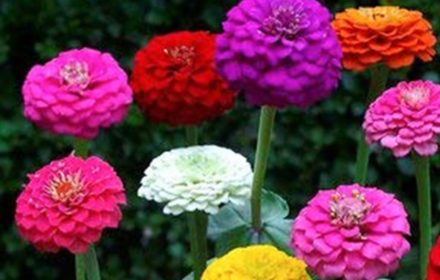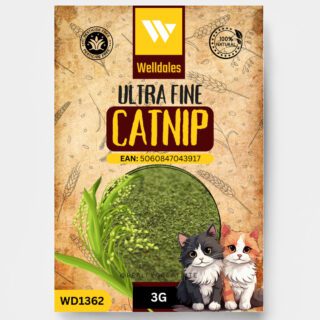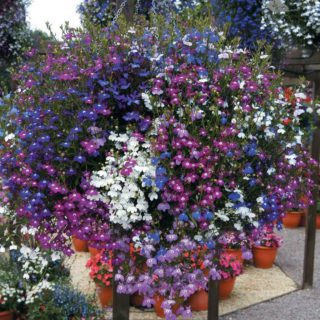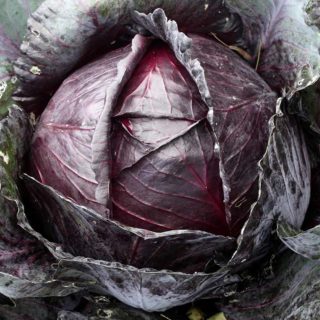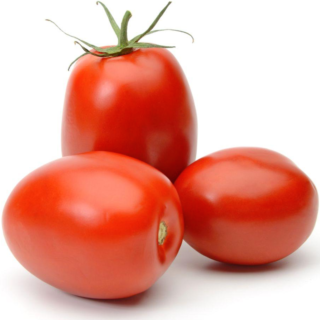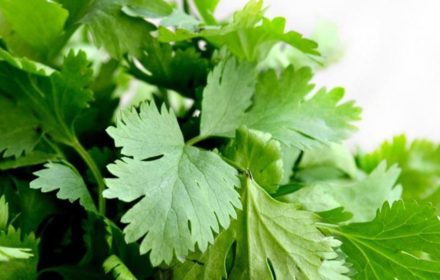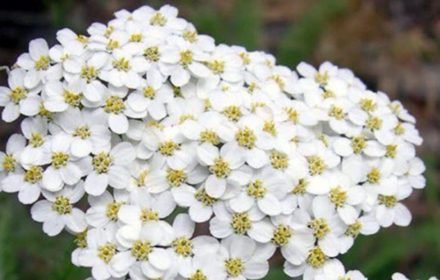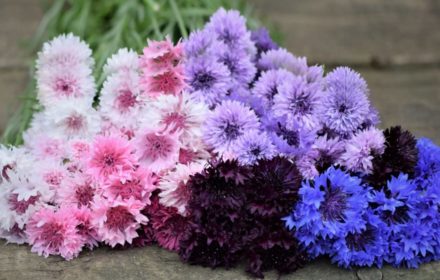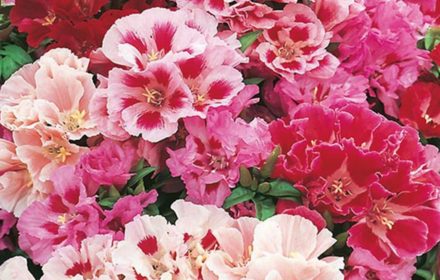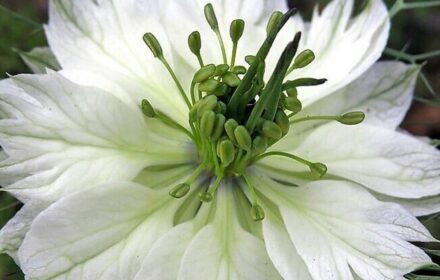How to Sow Mixed Dwarf Strawflower Seeds
Introducing the Mixed Dwarf Strawflower Seeds, these enchanting plants offer a medley of vibrant colors and delicate papery blooms, perfect for adorning both fresh and dried arrangements. Get ready to elevate your garden’s beauty with these charming additions
How to Grow Mixed Dwarf Strawflower from Seed
- Soil Preparation: Begin your journey by preparing a well-draining, nutrient-rich soil bed in a sunny location. Clear away debris and loosen the soil to create an inviting environment for robust growth
- Seed Sowing Advice: As late winter to mid-spring arrives, sow your seeds on the surface of fine seed compost. Gently press them down, and embrace the power of light for successful germination. Enhance moisture retention by enclosing the container in a polythene bag during this crucial phase
- Germination and Temperature: Experience the magic of germination within approximately 7-15 days. Maintain a consistent temperature to support healthy growth. The ideal germination temperature is 24°C (75°F), providing the perfect conditions for your seeds
- Seed Spacing: As your seedlings thrive and mature, transplant them to an outdoor haven. Gradually acclimatize them to the elements, and once the last frost bids farewell, plant them with about 12 inches of space between each plant. Alternatively, if space allows, consider direct sowing into the ground, maintaining rows 45cm (18 inches) apart
- Thinning: As these resilient plants flourish, thin the seedlings to a spacing of approximately 10cm (4 inches). Embrace their natural sturdiness, often eliminating the need for additional support as they mature
How to Care for Mixed Dwarf Strawflower Seeds
- Maintenance: Nurture your growing garden stars with consistent care. Keep the soil evenly moist, ensuring adequate hydration for vibrant blooms. Mulching can help retain moisture and deter weeds, contributing to a flourishing display
- Maturity: As the plants reach maturity, celebrate the moment when foliage is dry and the flowers fully open. Delicately pick the blossoms, and craft small bunches to hang upside down in a dry, well-ventilated space. This thoughtful process ensures beautifully preserved blooms for future enjoyment
- Common Pests and Diseases: While tending to your garden, be vigilant against common pests such as aphids and whiteflies. If these uninvited guests appear, consider natural remedies like neem oil or insecticidal soap to maintain control. Adequate air circulation is paramount to prevent fungal diseases. Should issues arise, address them promptly with suitable fungicides

